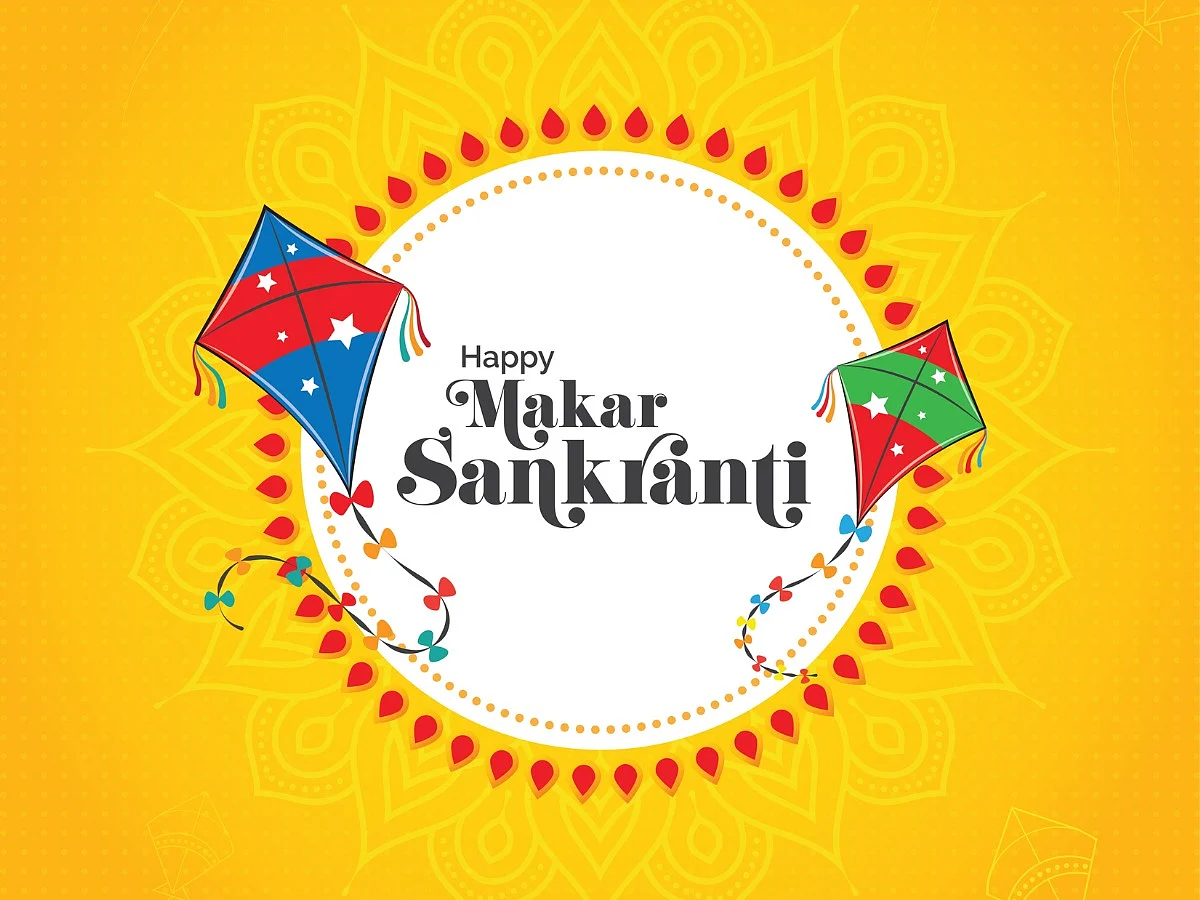Makar Sankranti 2024: Date, Time, History, Significance & How Is It Celebrated
Check the date of Makar Sankranti 2024 and the history and significance behind the festival.

advertisement
Makar Sankranti 2024 Date: Makar Sankranti is an ideal illustration of solidarity in diversity. Each state in India has different ways of observing Makar Sankranti however the theme- harvest season - is the combining factor. Makar Sankranti marks the day the sun transits into Makara Rashi or Capricorn zodiac. According to the solar calendar, Sankranti falls on 14 January every year. The festival marks the end of winter and the beginning of a new harvest season. It has both seasonal and religious significance. Makar Sankranti is considered one of the most auspicious days of the Hindu calendar. The day of Makar Sankranti is dedicated to Lord Sun. It also refers to a specific solar day in the Hindu calendar. On this auspicious day, the sun enters the zodiac sign of Capricorn or Makar which marks the end of winter months and the beginning of longer days. This is the beginning of the month of Magh. From the day of Makar Sankranti, the sun begins its northward journey or Uttarayan journey. Therefore, this festival is also known as Uttarayan.
Makar Sankranti: History
Sankranti is deemed a Deity. According to the legend, Sankranti killed a devil named Sankarasur. The day next to Makar Sankranti is called Karidin or Kinkrant. On this day, Devi slew the devil Kinkarasur. The Panchang is the Hindu Almanac that provides information on the age, form, clothing, direction, and movement of Sankranti. According to the DrikPanchaang, the time between Makar Sankranti and 40 Ghatis from the time of Makar Sankranti is considered good for auspicious work. The duration of forty Ghatis is known as Punya Kaal. Makar Sankranti activities include taking a bath, offering Naivedhya to Lord Surya, offering charity or Dakshina, performing Shraddha rituals, and breaking fast or Parana, and all these should be done during the Punya Kaal. If Makar Sankranti happens after Sunset then all Punya Kaal activities are postponed till the next Sunrise. Therefore, all Punya Kaal activities should be performed in the daytime.
Makar Sankranti: Significance & Celebration
Makar Sankranti is the day from which the northward movement of the sun begins. The period from Karka Sankranti to Makar Sankranti is known as the Dakshinayan. According to the scriptures, Dakshinayan symbolizes the night of God or the sign of negativity, whereas Uttarayan is considered a symbol of the day of God or a sign of positivity. On the day of Makar Sankranti, the sun starts its journey towards the north so, people take a holy dip in the Ganga, Godavari, Krishna, and Yamuna River at holy places and chant mantras. The sun affects all the zodiac signs normally, but it is believed that the entry of the sun in the zodiac sign of Cancer and Capricorn religiously is very fruitful. Before Makar Sankranti, the sun is in the Southern Hemisphere and due to this reason, in India, winter nights are longer and days are smaller. But with the Makar Sankranti, the sun starts its journey towards the Northern Hemisphere and the days become longer and nights smaller.
On the occasion of Makar Sankranti, people express their gratitude by worshiping the sun God in various forms. Any meritorious deeds or donations during this period become more fruitful.
(At The Quint, we question everything. Play an active role in shaping our journalism by becoming a member today.)